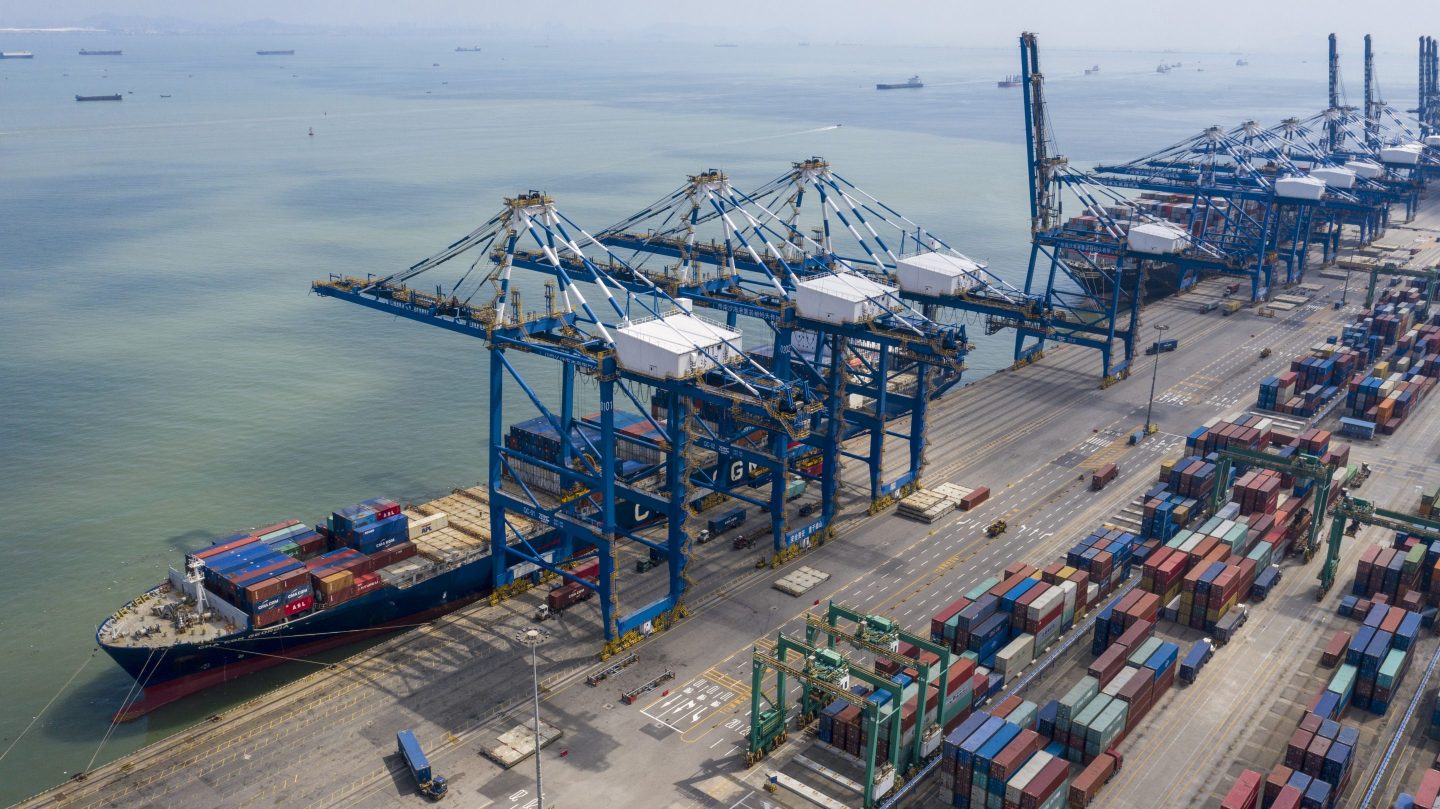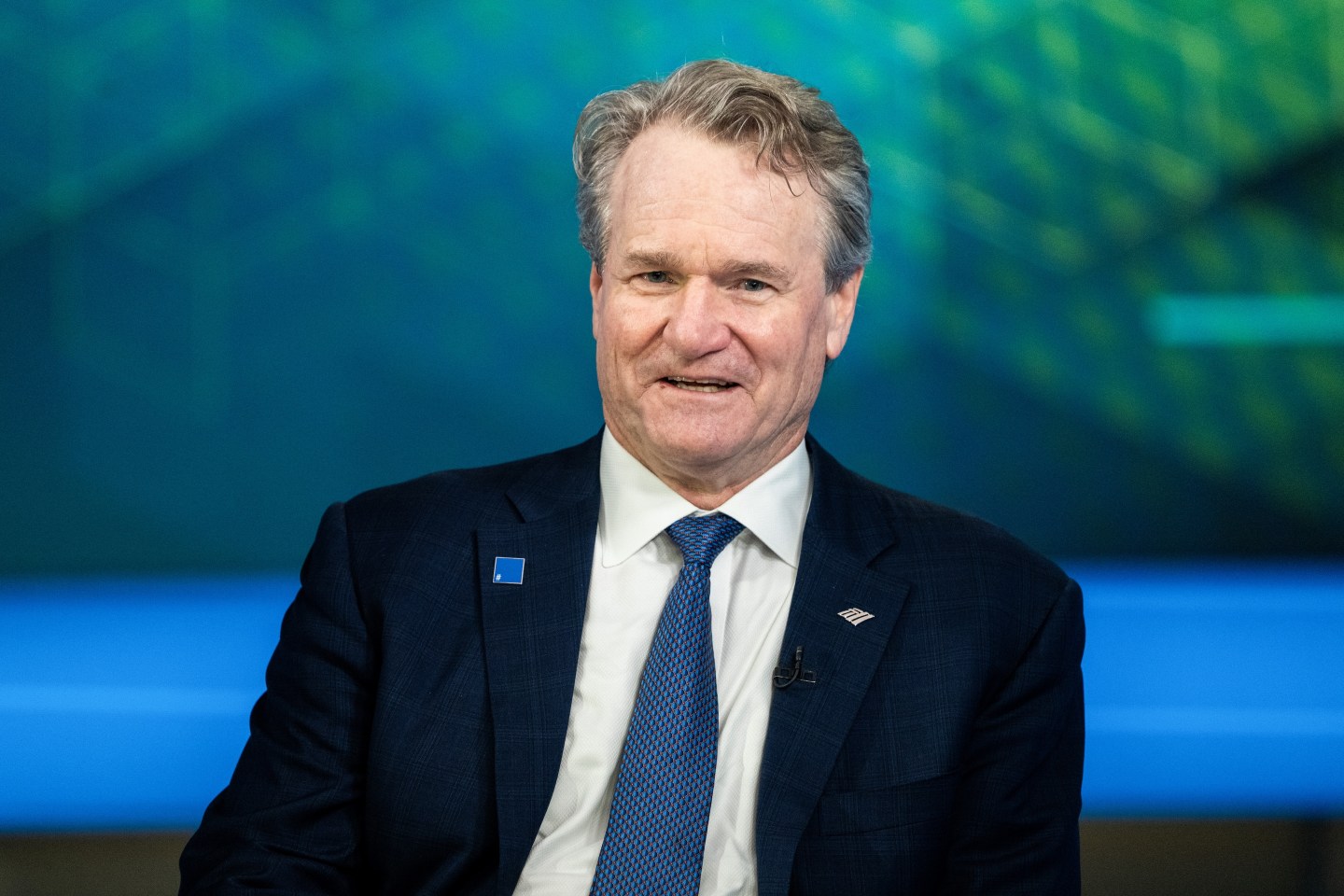Good morning. The Trump administration announced tariffs on the three largest trading partners of the U.S. on Saturday, with the import duties going into effect on Tuesday.
The executive order imposes a 25% tariff on imports from Mexico and Canada, and 10% on goods from China, with the stated purpose of holding those countries “accountable for their promises to halt the flood of poisonous drugs into the United States,” according to the White House. Canadian energy imports, however, will be subject to a lower duty of just 10%—reflecting the reality that U.S. homeowners rely heavily on their northern neighbor for oil and electricity.
President Donald Trump said that Americans may experience economic “pain” as a result of the tariffs. “Will there be some pain? Yes, maybe (and maybe not!)” he wrote on Sunday on Truth, his social media platform. “But we will make America great again, and it will all be worth the price that must be paid.”
Former Treasury Secretary Lawrence Summers commented on Sunday about the potential impact of tariffs. “Jobs in the industrial heartland will be lost as American producers can’t compete due to higher input costs,” he wrote in an X post.
Deploy tariff mitigation strategies
The tariffs on Canada, Mexico, and China should be seen as “transactional” and “tactical,” according to Dan Ujczo, a senior counsel in the law firm Thompson Hine’s international trade and transportation practice groups. The tariffs are designed to use the leverage of access to the U.S. consumer to achieve specific policy objectives, “in these instances stopping undocumented migration and fentanyl trafficking across the borders”, Ujczo told me in an email on Sunday.
“These are designed to be short in duration, hopefully, once those objectives are achieved,” he said.
Ujczo added that even if Trump’s agenda is transactional, companies operating outside of his tariff wall should also “batten down the hatches by deploying tariff mitigation strategies—the storm is coming, and very soon.”
He added: “It is near certainty that President Trump will issue more tariff and trade actions throughout the first and second quarters of 2025.”
The next set of tariffs will be “transformational” and a core part of Trump’s trade and economic policy, he explained. “These include tariffs targeting specific sectors such as a renewed review of steel and aluminum, oil and gas, semiconductors, copper, pharmaceuticals, and other areas of strategic importance,” Ujczo said. Trump is also highly likely to impose Global Supplemental Tariffs that will be flat tariffs on all countries with which the U.S. has a trade deficit, he said.
“The objectives are to reduce the trade deficit, establish reciprocal trade and generate revenue to assist with the planned tax cut extensions,” he explained.
‘Multiple scenarios’
During earnings calls last week, some C-suite leaders weighed in on the potential impact of tariffs on China, Canada, and Mexico. Those included Vaibhav Taneja, CFO of Tesla, where Elon Musk is CEO.
“Over the years, we’ve tried to localize our supply chain in every market, but we are still very reliant on parts from across the world for all our businesses,” Taneja said during Telsa’s Q4 2024 earnings call on Jan. 29. “The imposition of tariffs, which is very likely, will have an impact on our business and profitability.”
During General Motors’ Q4 2024 earnings call on Jan. 28, CEO Mary Barra, said the company has been “studying multiple scenarios” regarding tariffs. “We’re doing the planning and have several levers that we can pull,” Barra said.
The tariffs on Canada, Mexico, and China are just the beginning, Ujczo said.
Sheryl Estrada
sheryl.estrada@fortune.com
The following sections of CFO Daily were curated by Greg McKenna.
Leaderboard
Kelly Janzen was appointed EVP and CFO of Vestis (NYSE: VSTS), a provider of uniforms and workplace supplies, effective Feb. 14. She will succeed Rick Dillon, who will be leaving the company. Janzen has been working with Vestis as a finance consultant since October 2024 and brings over 25 years of financial leadership experience in various roles. Prior to joining Vestis, Janzen was a finance executive in residence at Fernweh Group, a private equity firm, and served as CFO of Dabico Airport Solutions from January to May of last year. Previously, she was SVP and CFO of BlueLinx, a building products distributor, from April 2020 to August 2023.
William L. Holford was promoted to CFO and senior executive vice president of Veritex Community Bank (Nasdaq: VBTX), which is based in Dallas, effective July 1. He will succeed Terry S. Earley, who will retire as part of a planned transition. Holford is currently an EVP at Veritex and serves as the bank’s director of strategic corporate development. He joined the company in 2011 and has held various positions, including controller and treasurer.
Big Deal
Small business acquisitions grew a modest 5% last year, but buyers paid higher prices and deals closed faster. That’s according to a new report from BizBuySell, an online exchange for buying and selling businesses. Brokers reported 9,546 closed transactions representing an enterprise value of $7.59 billion—up 15% from 2023—indicating a greater concentration of higher-priced deals.
Meanwhile, transaction volume soared 10% in the first quarter of 2024 and then jumped by 5% in both Q2 and Q3, but the number of deals leveled off to close the year. Despite three rate cuts from the Federal Reserve, starting with a 50-point reduction in September, the report claimed their impact was overshadowed by uncertainty surrounding the U.S. presidential election.
“Despite the Federal Reserve’s rate cuts, many commercial lenders have kept underwriting criteria tight, resulting in minimal pass-through savings for acquisition financing,” BJ Delhamer, vice president at Insite Commercial Real Estate Advisors in San Diego, California, said in the report. “As a consequence, the pro forma Weighted Average Cost of Capital (WACC) for many prospective deals has not decreased in a meaningful way.”
Going deeper
“What TikTok’s Fate Will Mean for Global Business,” is a new article in the Harvard Business Review. The saga of the U.S. TikTok ban continues after the Supreme Court recently upheld the new law before President Donald Trump signed an executive order delaying enforcement for 75 days.
Regardless of what happens to the popular social media platform, currently owned by Chinese company ByteDance, the final result could prompt new restrictions from other countries on U.S. social media companies, disrupt business relationships across borders, and even shape the future of the internet. Three experts explain what the fallout from this legal and political drama might be, as well as what leaders must do to prepare.
Overheard
“If we had simply stepped back and asked ourselves, ‘What do we uniquely need this CEO to do to get us where we need to be?’ we would have realized he wasn’t the right fit. Instead, we became enamored with his past success—and it set us back.”
— Courtney della Cava, Blackstone’s senior managing director and global head of portfolio talent and organizational performance, told Fortune’s Ruth Umoh in an interview about how the private equity titan has learned from failure when hiring CEOs for the 250 companies in its portfolio.













